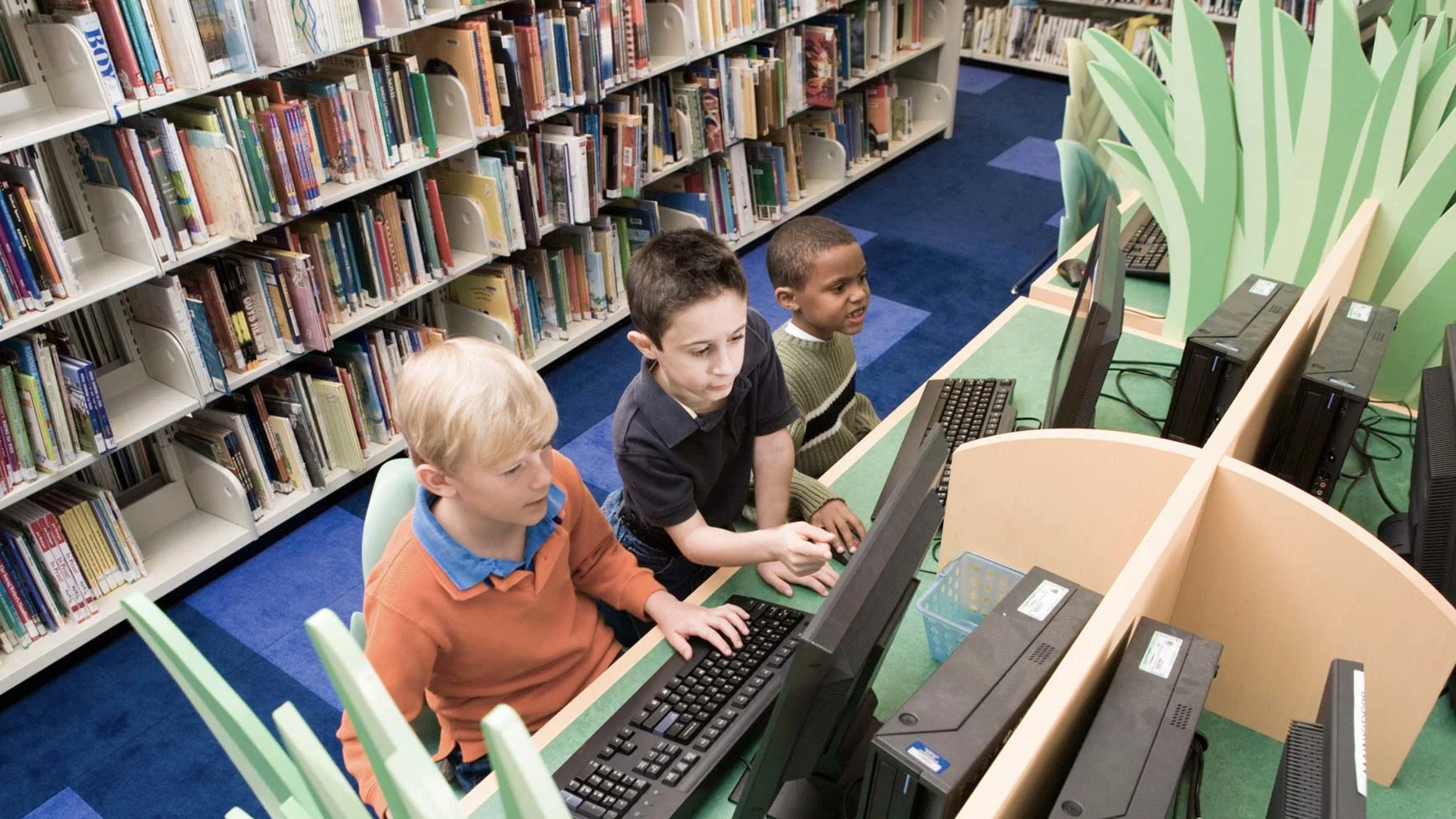Individualized instruction vs. differentiated instruction

At a glance
Every classroom has a range of students with different kinds of needs.
Differentiated instruction starts with groups of children.
Individualized instruction starts with the needs of one child.
In a typical classroom, you’ll find students who are reading above their grade level and others who are behind. You might find that some learn best by working with other kids, while others prefer working alone. And some students need special help along the way to fill in areas where they struggle.
The best teachers reach all their students by giving the whole class a great experience. But they change up the material a bit for each student. Everyone learns at their own pace.
is a teaching method for groups of students. Individualized instruction starts with the needs of the one student. Here’s what you need to know about both approaches.
Differentiated instruction
Flexible groups are at the heart of differentiated instruction. The same students are not in the same group for every activity or assignment. Each student is moved around according to abilities. Teachers design their lessons around the needs of each group. For example, one group might write a paragraph after listening to a reading, while another group puts on a skit. A third group might create a poster or an art project to show what they’ve learned. Students may read books on topics that are closely matched to their reading levels.
Individualized instruction
Individualized instruction focuses on the needs of the individual student. Teaching is specific and targets one need at a time. This teaching method can be used on its own, or it can be part of differentiated teaching. Some students who receive individualized instruction need teachers to help them understand and learn. Other students using the same teaching method can skip topics they already know and go on to advanced information.
is a great example of individualized instruction. Students who receive special education services have an Individualized Education Program (IEP). Through an IEP, the school can meet their individual needs and provide just for them.
Key takeaways
Flexible groups are a big part of differentiated instruction.
These groups are based on children’s needs and interests.
Individualized instruction targets the needs of one student.

